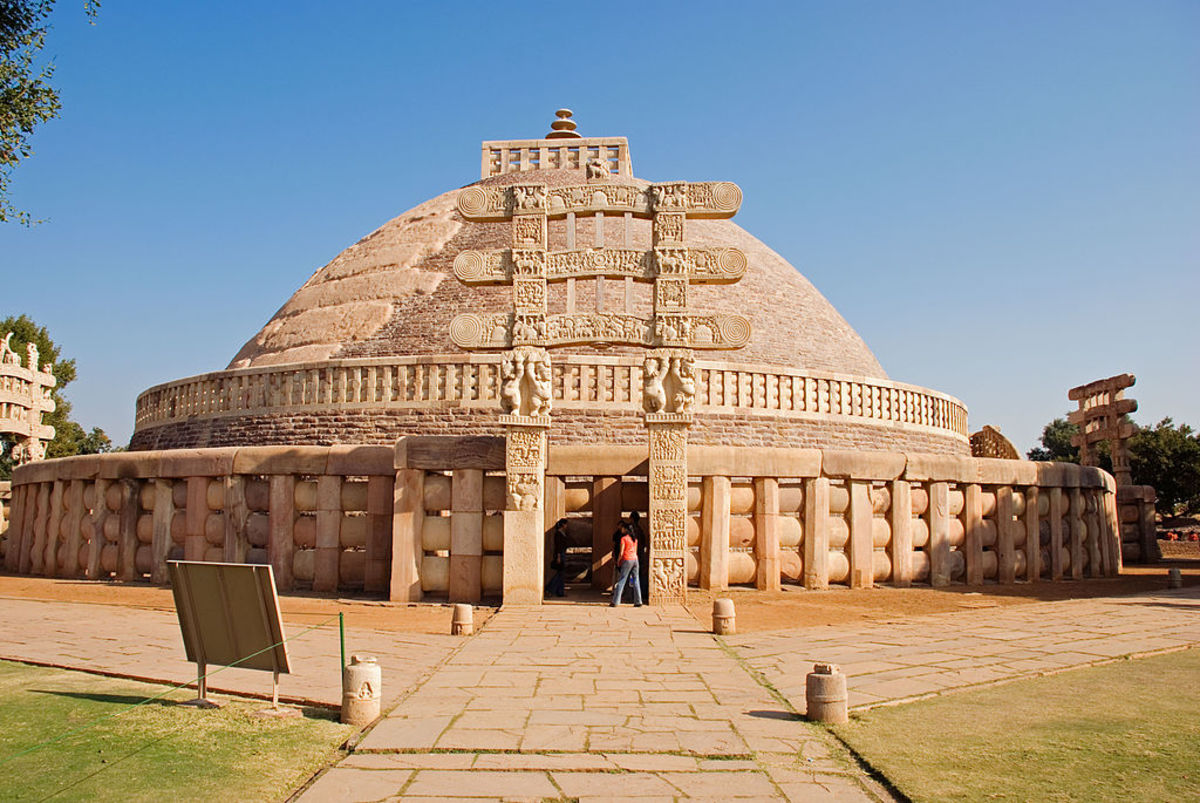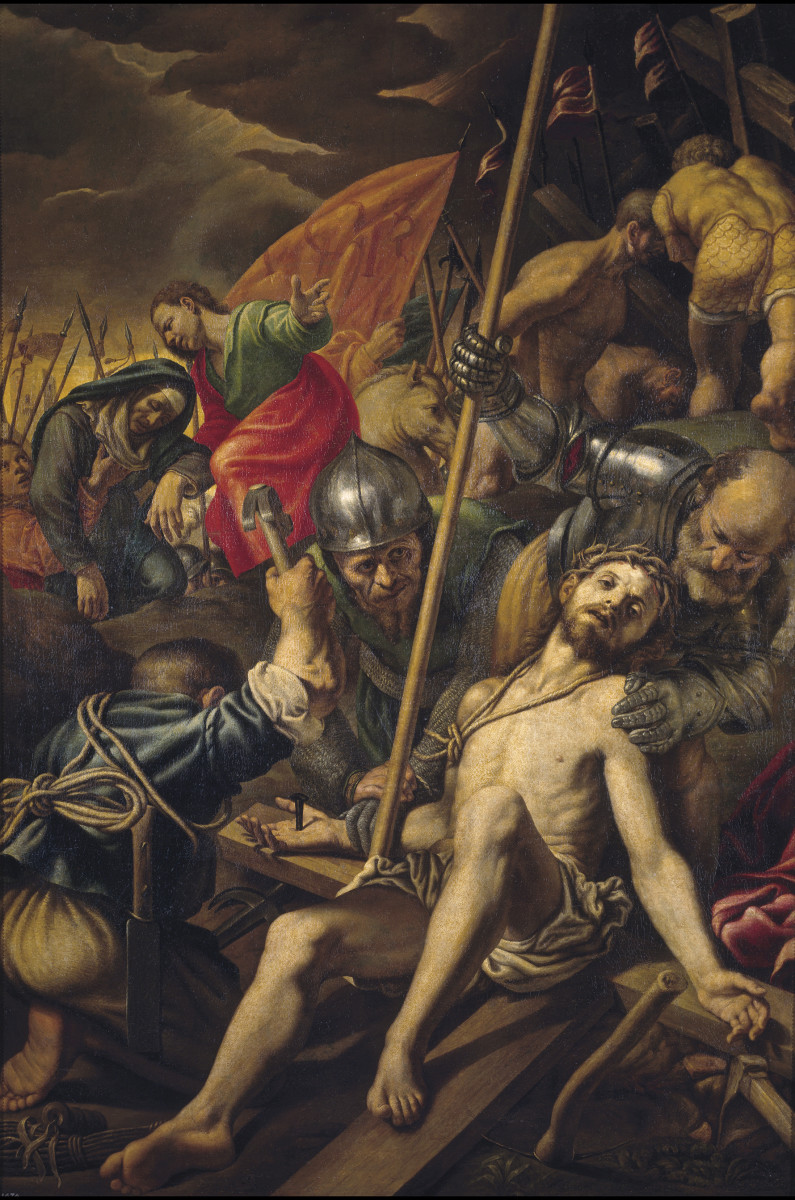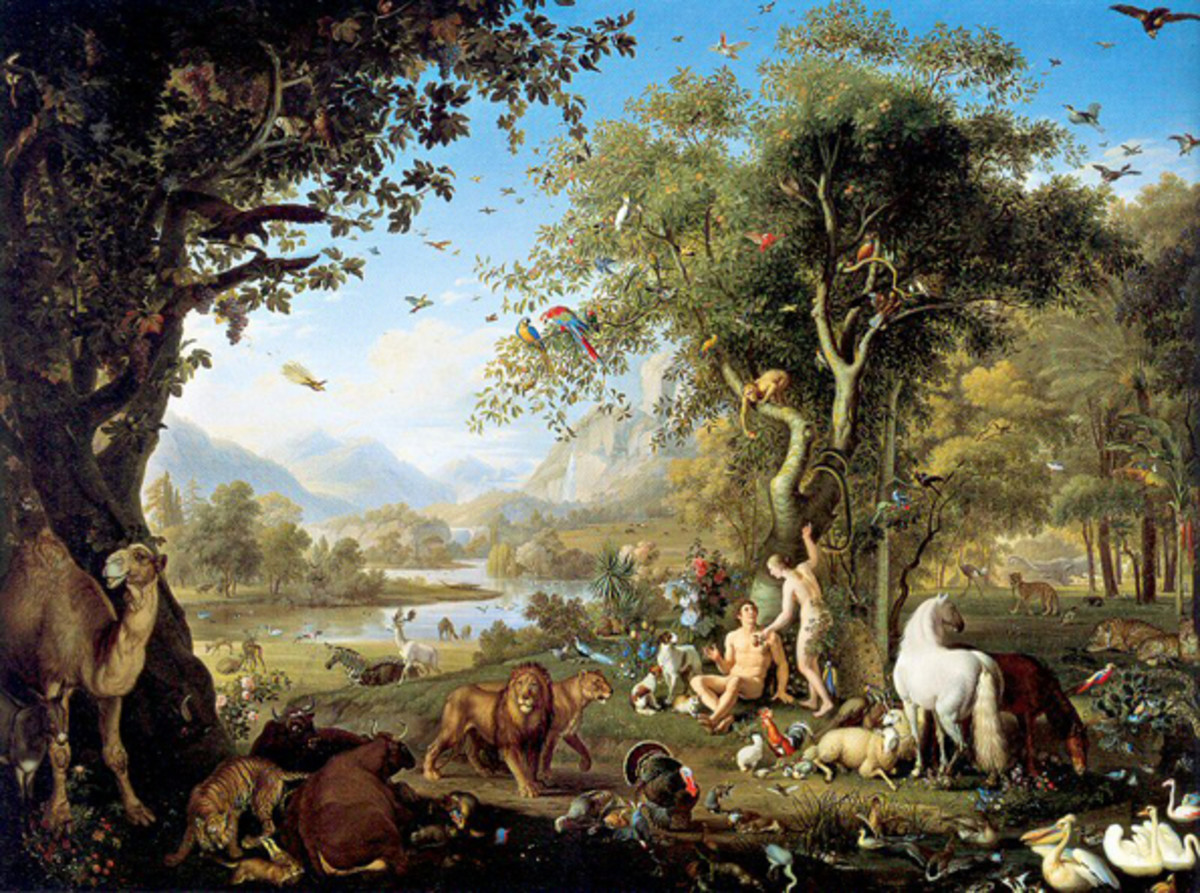How the Christian Heaven is Different from the Buddhist Heaven

How Does The Buddhist Notion Of The Pure Land Different From The Christian Notion Of Heaven
Heaven and the Pure Land
In countless cultures there is the idea of an end goal to life; the idea that, should the proper qualifications be met, there is a reward, usually eternal, waiting for them, and it is often referred to, as heaven. Though the notion of heaven differs depending on where, and when, you are, the concept of a “land of bliss” is almost universal. In a world where society becomes more global with each coming day, it is important for peaceful coexistence to embrace the similarities between cultures and clearly define the differences so as to rob them of their mystery and avoid conflict, to promote unity. According to a Pew Research poll, 84% of the world’s population is described as “having faith”. This statistic suggests that the vast majority of people are living their lives with the thought that, should they stay moral and adhere to their own specific guidelines, there will be a divine reward. A fact like this, when disseminated, can be used to connect people all around the world, bringing different religions closer with knowledge. We can see, in society today (as throughout history) religion is often a source of conflict. From the Crusades to the I.R.A, the belief that two or more religions are incompatible has had a part in innumerable instances of violence. Knowing how we are all alike allows us to view our unique qualities as interesting symbols of a culture and not sources of opposition or rebellion. In Western cultures, many incorrectly believe that heaven is a concept exclusive to Abrahamic religions. While certainly there are dissimilarities between even the different Abrahamic religions’ heavens, two religions, Christianity and Buddhism can seem irreconcilable and, at the same time, share so many of the same ideas about what it means to transcend to a higher plane and more that the two other-worldy planes, at first glance, seem indistinguishable. In fact, Christian missionaries upon encountering Ch’an Buddhists in the 16th century found themselves on the same side as Pure Land Buddhists in many political aspects. (Asmutz 48) The Christian Heaven and the Buddhist Pure Land each are unique; but a comparison reveals so much alike between the two, that what differences remain serve to highlight the personality and culture behind either religion.
To compare or contrast, one must first look at the language used in describing Heaven and the Pure Land. Right away, one notices the closeness between the descriptions. The Smaller Sutra of the Pure Land Sutras (or the Sutra on Amitāyus Buddha Delivered byŚākyamuni Buddha) tells us that in the Pure Land “The ground is made of gold. Six times during the day and night māndārava flowers rain down from the sky” and “soft breezes waft through the rows of jeweled trees and jeweled nets they produce subtle, wonderful sounds.”. Overwhelming beauty and vivid imagery give us clear mental picture of this paradise. Readers of the Bible will find these descriptions familiar. A common language is observed when one looks at Biblical descriptions of heaven. In the book of Revelations we find the fullest description of heaven. From Revelations 21:18 - 20 “the city [was made] of pure gold, as pure as glass.The foundations of the city walls were decorated with every kind of precious stone...The great street of the city was of gold” Gold and jewels adorn these two worlds and we can recognize both these places as extremely clear and bright; a symbol of purity and divine splendor. (Kloetzli 12) Even many of the materials of these worlds are the same. Both the Bible and the Sutra on Amitāyus Buddha mention Beryl, Crystal, Pearl and Saphhire. Along with Gold and Silver, it becomes clear that the image of Heaven given to John in Revelations and the image of the Pure Land given to Queen Vaidehi bear more than just a passing resemblance. The similarity between these two descriptions suggests that whether Christian or Buddhist there is a common desire for beauty and that the two culture’s definitions of beauty share common ground. The Bible goes on to claim there are no temple’s in heaven because “the Lord God Almighty and the Lamb are its temple”. This can be taken to mean that the divine presence in Christian heaven is so great that temple is everywhere, everything reminds one of God. Likewise, the Sutra on Amitāyus Buddha says that the “subtle, wonderful sounds” created by the jeweled trees constantly keeps one “mindful of the Buddha, Dharma, and Sangha”. Even the birds of the Pure Land sing songs that put one in mind of “the five roots of good, the five powers, the seven practices leading to enlightenment, and the Noble Eightfold Path” It would appear that this divine presence is everywhere in both planes. Through examination of the language we can see striking closeness between the Christian hHaven and the Buddhist Pure Land.
Another way one might compare these two other-worldly planes is by their inhabitants and their experience in these places. One’s rebirth into the Pure Land is based on a hierarchy of nine grades of rebirth, depending on the morality of the practitioner. Whether one is a meritorious and devout follower or an evildoer, passage into the Pure Land is possible, only one’s place in the Pure Land is effected and even then only temporarily. (Sharf 311) Similarly, most Christian faiths believe that all who accept their God and ask for forgiveness for their sins go to Heaven, room for all. Once in the next plane, the two experiences differ. With all the previously mentioned precious metals, it would be difficult for visitor to say exactly which was which, if one, say, saw a photo. The Bible tells us that those who might go to heaven will “wipe every tear from their eyes.There will be no more death or mourning or crying or pain”, the fact that life will have no sadness is the main characteristic of life in Christian Heaven as described by the book of Revelations. It says in Revelation 7:13-17 that residents of heaven will be “before the throne of God and serve him day and night in his temple”. In Pure Land Buddhism, upon entering the Pure Land one is surrounded by Buddhas and all things conducive to reaching enlightenment. One is put in mind of Dharma by all things, like the sounds of the birds or the wind as previously mentioned. As māndārava flowers fall from the sky they are used to make offerings to “Buddhas dwelling in the worlds of all the other directions” While serving the Christian God and making offerings to Buddha’s on its face does not seem so separate, it is the goal’s of such acts that make either plane unique. Upon entering Heaven one has reached their ultimate goal, they’ve done it. Not so in Pure Land Buddhism. The Pure Land serves as a kind of training ground, where the environment is so conducive to meditation and the attainment of enlightenment that when one goes there it is like a guarantee that one will eventually reach Nirvana and the realization of the nature of all things (Sharf 286). Once the inhabitants of the Pure Land become bodhisattvas and Buddhas they are then able to return to the known world and help others find the way, that is their true purpose. It becomes clear that Heaven and the Pure Land seem like mirror images, and the differences between the two reveal the importance both religions places on duty and religious practice both in the known world, and the afterlife.
Today, a quick look at the newspaper or ten minutes on the BBC often reveals some attack or conflict involving a difference of religious view. Bombs go off everyday because cultures feel they cannot coexist. When the details of a religion are laid out plainly, demystified, it easier to find common ground and avoid any violence. While Buddhist - Christian conflicts do not hit the headlines every week, the similarities between the Christian Heaven and the Buddhist Pure Land demonstrate that even cultures separated by thousands of miles share many beliefs, and live with the same hopes.
Works Cited
Sharf, Robert H. "On Pure Land Buddhism and Ch'an/Pure Land Syncretism in Medieval China." T’oung Pao 88 (2002): 284-331.
Amstutz, Galen. Interpreting Amida: history and Orientalism in the study of Pure Land Buddhism. SUNY Press, 1997.
Kloetzli, Randy. Buddhist cosmology: from single world system to pure land: science and theology in the images of motion and light. Motilal Banarsidass Publishe, 1983.
Bible, Holy. "New international version." Grand Rapids: Zondervan (1984).
Inagaki, Hisao. "The Three Pure Land Sutras." (1995).
Harper, Jennifer. "84 Percent of the World Population Has Faith; a Third Are Christian." The Washington Times. N.p., 23 Dec. 2012. Web. 15 Nov. 2013. http://www.washingtontimes.com/blog/watercooler/2012/dec/23/84-percent-world-population-has-faith-third-are-ch/








